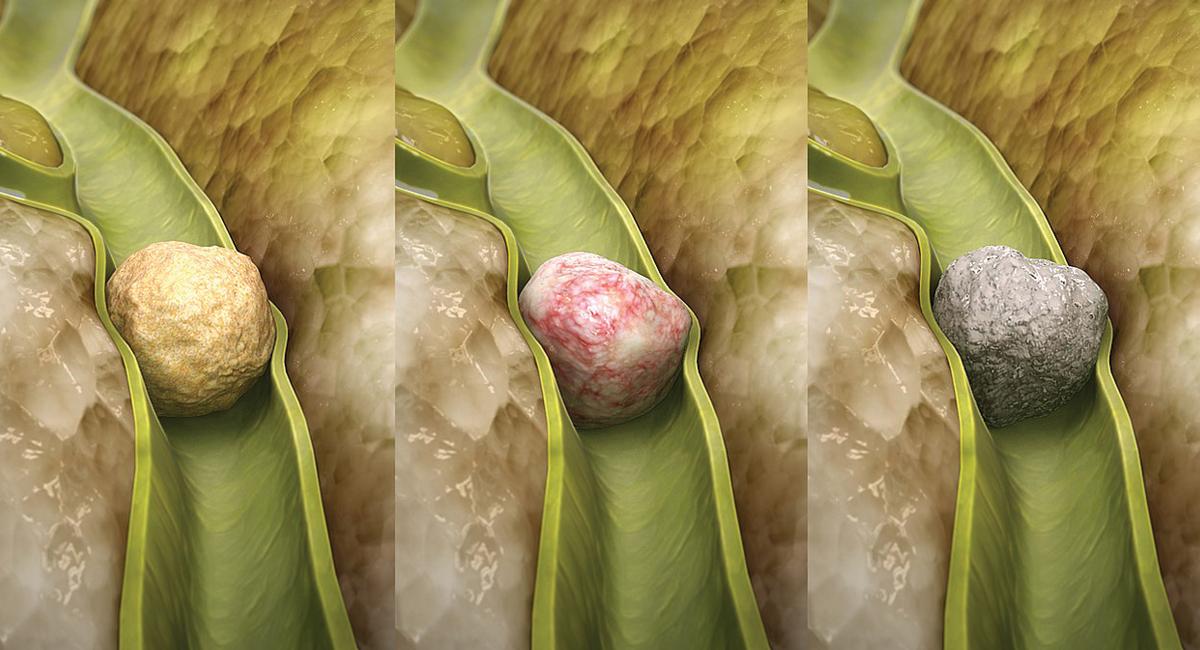
Introduction
Bile duct stones is a common condition that affects a large chunk of people in India. The gallbladder and bile ducts are important components of the digestive system.
An inflammation or obstruction of the bile ducts may lead to improper digestion or pain in the abdomen. A sedentary lifestyle, improper diet, and obesity are the main causes behind its formation.
What are Bile Duct Stones?
Bile duct stones (also known as choledocholithiasis) is a condition where the stones formed in the gallbladder get stuck in the bile duct. The gallbladder is a small sac-like organ present below your liver. It is responsible for producing bile that is required for digestion. The bile duct is a small tube that carries the bile from the gallbladder to the intestine.
The digestive fluids that exist in the gallbladder may solidify and develop into gallstones. These gallstones may pass through the bile duct and obstruct it.
Request an Appointment at Smiles
What are the Causes of Bile Duct Stones?
- ● High cholesterol levels : High cholesterol levels may lead to the formation of yellow cholesterol stones. This happens when there is not enough bile to dissolve the cholesterol.
- ● High bilirubin levels : High bilirubin levels in the body may also lead to the formation of stones. These stones can obstruct the bile duct.
- ● Concentrated bile : When the gallbladder is full, it empties itself. If the organ does not empty itself, it can make the bile concentrated and form stones in the bile duct.
- ● Liver cirrhosis : A cirrhosis or inflammation of the liver may also cause high production of bilirubin. This may eventually lead to the formation of bile stones.
What are the Symptoms of Bile Duct Stones?
- ● Nausea and vomiting.
- ● Fever.
- ● Dark yellow coloured urine.
- ● Yellowing of the skin and eyes.
- ● Clay-coloured stools.
- ● Indigestion.
- ● Diarrhoea.
These symptoms may last for a while or may come and go. The pain can be mild in the beginning and suddenly become severe. In such a case, medical treatment may be required.
How are Bile Duct Stones Diagnosed?
- ● Ultrasound : Ultrasound is one of the most commonly used diagnostic tools for bile duct stones. In this procedure, images of the abdomen are produced using high-frequency sound waves. It will help detect abnormalities in the bile ducts and the gallbladder, liver, kidneys, or pancreas.
- ● Abdominal CT scan : A CT scan helps produce cross-sectional images of the abdomen. It uses infrared rays to produce high-quality images and can help accurately detect abnormalities in the abdominal region.
- ● Endoscopic retrograde cholangiography (ERCP) : This diagnostic tool is commonly used to detect issues in the pancreas or bile ducts. The doctor uses a camera and X-rays to look out for obstructions in the gallbladder or bile ducts in this procedure.
- ● Gallbladder radionuclide scan : In this scan, the doctor will inject a radioactive dye into your abdomen. As the dye spreads through different organs, the abdominal area is scanned to detect stones.
How are They Treated?
- ● Medications: If the stones are small, the doctor may prescribe medications to dissolve them in the bile duct.
- ● Lithotripsy: In this procedure, the doctor uses a device called a lithotripter. The device produces shock waves to break the stone into smaller pieces. The pieces then pass out of the body on their own.
- ● Gallbladder removal (Cholecystectomy): The most effective way to treat bile duct stones is to remove the gallbladder from the body. It is a common surgery where the doctor uses general anesthesia and makes 3 to 4 incisions in your abdomen. A small tube is then inserted inside to shatter the stones and remove the gallbladder.
It is the best way to treat bile duct stones as it prevents recurrence, and there are fewer complications involved.
Results : Bile duct stones tend to recur if proper treatment is not provided. Gallbladder surgery is the best way to prevent the formation of bile duct stones. However, in some cases, medicines may work too. Speak to your doctor if you have any questions regarding the treatment options available.
What are the Risks Involved in Surgery?
- ● Abdominal bleeding.
- ● Abdominal pain.
- ● Infection in the treated area.
- ● Hernia.
- ● Blood clots.
- ● Cardiac issues.
Request an Appointment at Smiles
FAQ's
Can the Bile Duct Stones Go Away on their Own?
What Foods to Avoid if you have Bile Duct Stones?
- ● Dairy products like milk, cheese, cream, or butter
- ● Foods containing high fats like fried foods
- ● Processed foods like cakes, biscuits, cookies, etc
- ● Consumption of alcohol
- ● Fatty meats like beef and pork
What Happens if Bile Duct Stones are left Untreated?
- ● Severe abdominal pain
- ● Jaundice
- ● Biliary duct inflammation
- ● Pancreatitis
- ● Gallbladder infection
What are the Signs of Infection After Bile Duct Surgery?
- Following are the signs of infection after surgery:
- ● Fever
- ● Chills
- ● Swelling, redness, bleeding, or other drainages from the site of incision
- ● Extreme pain at the incision site
- ● Yellowing of your skin
- ● Abdominal pain, or swelling
- ● Constipation or gas for three to four days
Can I Sleep on my Side After Surgery?
Need Help?
For any Information about our Locations, Doctors or Treatments.
